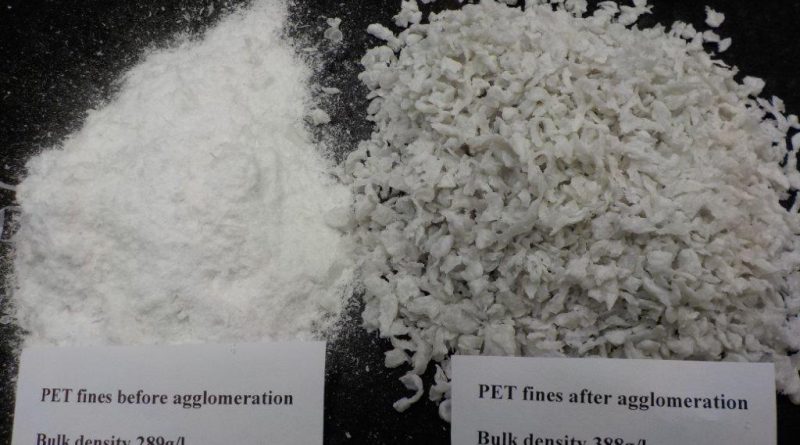Dust becomes valuable
Fakuma: Herbold Meckesheim, Hall A6, Booth 6511 Herbold Meckesheim’s portfolio is comprised of single machines and plants for size reducing, washing, separating, drying, and agglomerating contaminated, mixed post-consumer plastics.
Special emphasis is on high-performance plants, i.e. over 3t/h for rigid plastics or over 1t/h for films which have recently seen a growing demand. Another focus is on extremely thin films that are particularly difficult to wash, separate and dry. A third key aspect is in regard to extreme contaminations, such as sand, stones and soil in agricultural film, or residual acid in battery cases. A further focus is on energy-saving recycling of PET bottles for bottle-to-bottle applications. Another emphasis is on Herbold’s great experience in retrofitting, upgrading, modernising and refurbishing existing washing lines that have reached their operational limits. Many manufacturing processes produce dust and fines, which are separated from the production process and could be reclaimed.
Here some examples: Textile flock in textile finishing, fines when recycling post-consumer PET bottles, which can occur with friction washers and centrifugal dryers, fluffs arising during the recycling of bottle crates which are separated by air separation after size reduction or textiles or fibres arising when separating compound materials.
Herbold Meckesheim has a different approach to solving the problem: the material is slightly compacted in the Herbold Plastcompactor and transformed into agglomerate with a high bulk density and with good flow properties. The material is processed in continuous operation, between a fixed and a rotating disc, equipped with replaceable kneading bars. The pre-granulated material is conveyed continuously from the buffer silo by means of a continuously adjustable feeding screw into the processing zone through the centre of the fixed disc. Friction is created on and between the compacting discs, the amount of friction being determined by the distance between discs which is adjustable. Thanks to this friction, the material is heated quickly, spun off and conveyed via a central downstream blower to the secondary granulator. Since the dwell time of the material in the compacting zone is only a matter of seconds, the thermal impact on the material is minimal, which is not the case with extruders.

